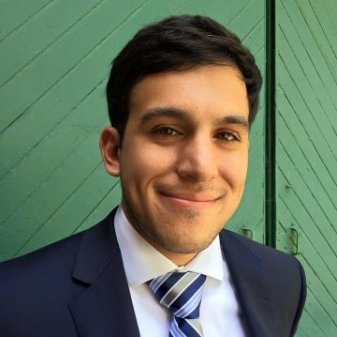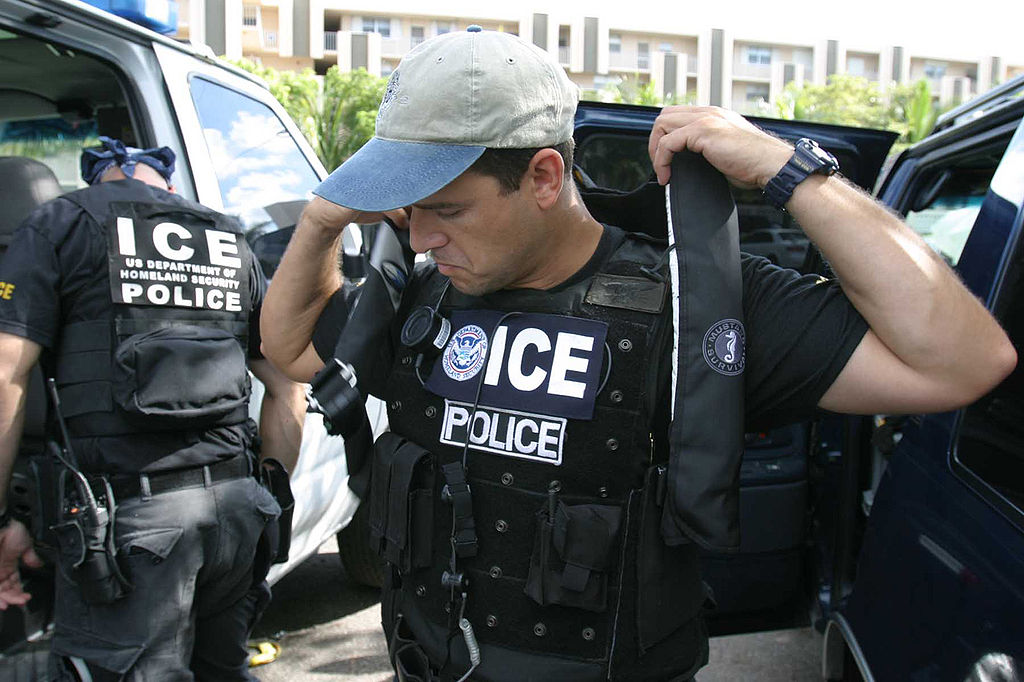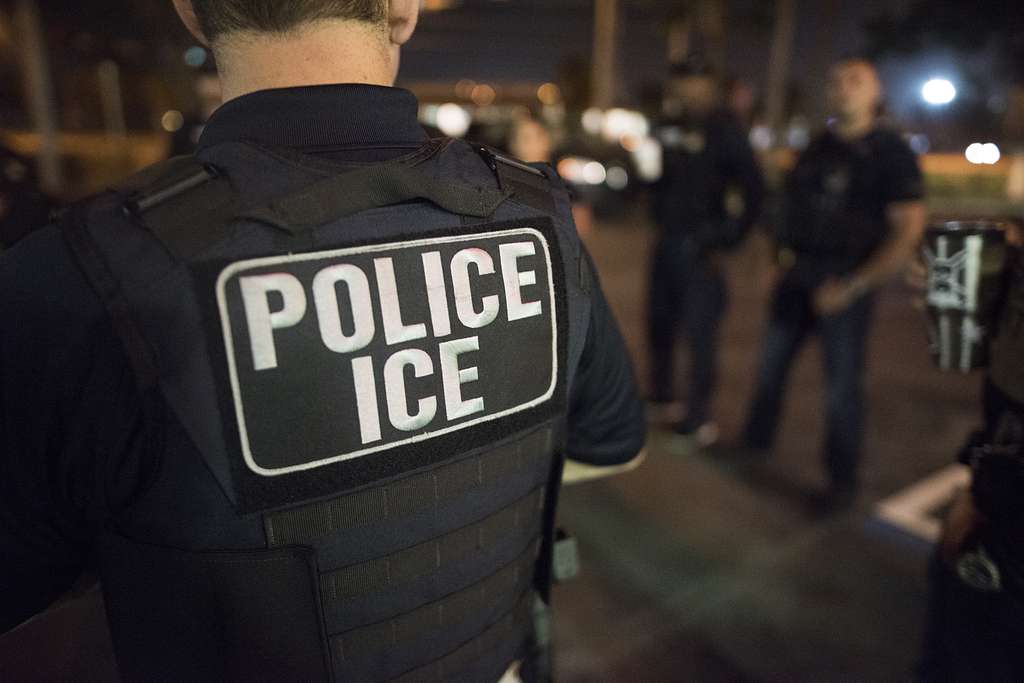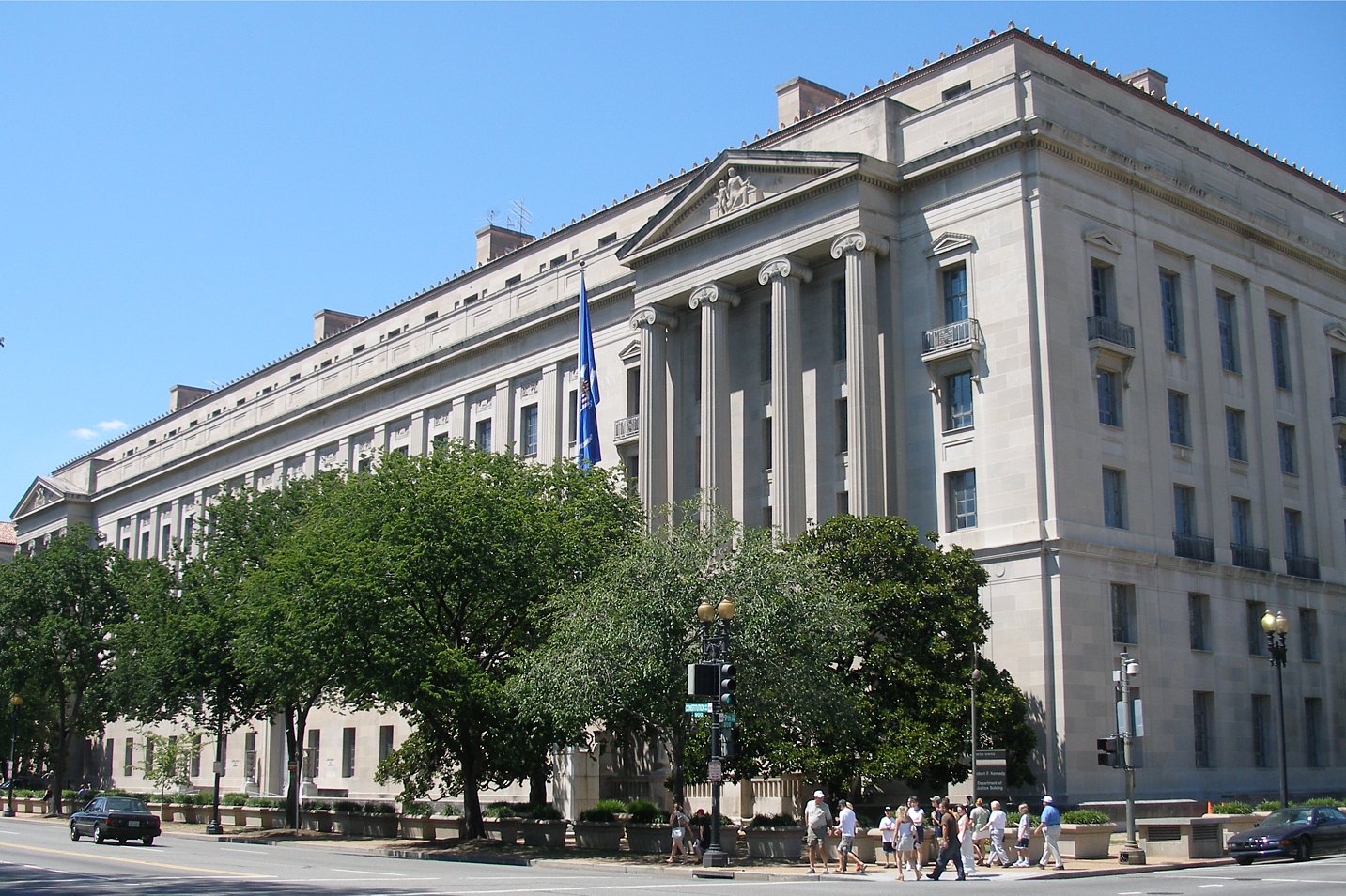Deploying the D.C. National Guard
The president’s concerning use of the D.C. National Guard relies on incredibly broad and outdated statutory law and a history of maximalist executive branch practice.
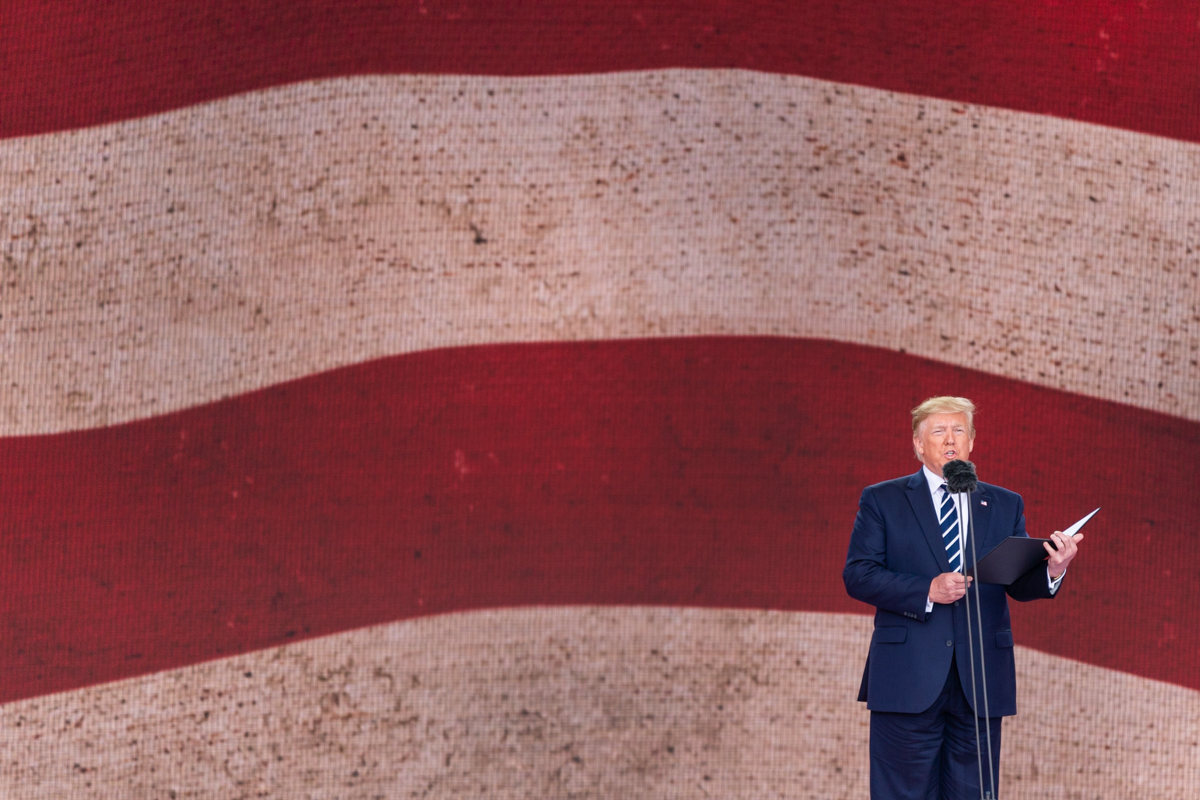
Published by The Lawfare Institute
in Cooperation With

On Aug. 11, President Trump announced the deployment of 800 D.C. National Guard personnel for an as-yet undefined mission, but one that is part of a larger effort to exert federal control over policing in the District. Although Trump intimated a desire to replicate these actions in other cities, the District of Columbia and the D.C. National Guard are unique in crucial ways. Federal law provides the president unusually broad discretion to deploy the D.C. National Guard for law enforcement functions. Yet this statutory scheme, and the manner in which Trump is using it, erode the diminishing guarantees against military incursion into domestic affairs.
The D.C. National Guard’s structure makes it especially easy for presidents to use it for domestic law enforcement activities. Unlike the National Guard of the states and territories, by statute the president is commander in chief of the D.C. National Guard in its militia status. This fact alone is incredibly consequential. Recall that National Guard personnel can operate in three types of duty statuses: first, as the militia of their states and territories; second, as members of the federal armed forces, when mobilized into federal service; and, finally, in a hybrid duty status under 32 U.S.C. § 502(f) (Title 32 duty status), where they conduct a federal mission with federal funds but remain members of their respective militias. Operationally, these duty statuses are significant because the Posse Comitatus Act (PCA), which prohibits using the military for domestic law enforcement functions except when expressly authorized by statute or the Constitution, applies to the National Guard only when it has been brought into federal service. It does not apply to the National Guard in either its state militia status or in a Title 32 duty status. While the president can use the National Guard in a Title 32 duty status without having to worry about the PCA, governors must consent to their National Guards being used for a federal mission. There is no such requirement for local consent for the D.C. National Guard, notwithstanding prior attempts at legislative reform. Taken together, this means the D.C. National Guard is the only military force available to the president for military duty unencumbered by the PCA.
The president does not, however, have a free hand in how he can use the D.C. National Guard. Congress has specified two circumstances in which the D.C. National Guard may be called into militia service in D.C. I don’t want to overstate the limits imposed by this statutory scheme—the provisions of law here are outdated, incredibly broad, and have been interpreted broadly by the executive branch for decades. But they’re noteworthy at least to show why statutory change is so urgently needed.
The most straightforward statute authorizing operational deployment of the D.C. National Guard is § 49-103 of the D.C. Code. It authorizes the president to deploy the D.C. National Guard to aid in enforcing the laws when “a tumult, riot, mob, or a body of men acting together by force with attempt to commit a felony or to offer violence to persons or property, or by force or violence to break and resist the laws, or when such tumult, riot, or mob is threatened.”
Before performing such duty, the president must also receive a request for assistance from the D.C. mayor, the U.S. marshal for D.C., or the national capital service director, a presidential appointee responsible for ensuring adequate fire protection, sanitation, police services, and street maintenance in a statutorily designated section of the District. Let’s take the procedural requirements before the substantive ones. I am not aware of any request for federal assistance from D.C. Mayor Muriel Bowser, and doubt any will come. If this statutory authority underlies the president’s deployment, then the request will come from one of the other two federal government officials. Most likely, this will be the U.S. marshal for D.C., currently Robert Anthony Dixon, given that I can find no internet records of anyone actually having been appointed the national capital service director.
The substantive requirements are not meaningfully more onerous. Even putting aside the enormous amount of deference courts give to the president in factual determinations such as these, it is hard to find a place where there is not, on any given day, “a body of men acting together by force with attempt to commit a felony or to offer violence to persons or property, or by force or violence to break and resist the laws.” Perhaps the strongest argument for a more restrictive reading of this incredibly broad language is to say that it should be interpreted in keeping with the words that come before it—tumult, riot, or mob. This would be a far more meaningful standard, one in keeping with what Laird v. Tatum described as the “traditional and strong resistance of Americans to any military intrusion into civilian affairs.” But given the current Supreme Court’s deferential approach to presidential powers, the practical prospects of this approach are dim.
A second statutory path for mobilizing the D.C. National Guard is provided under § 49-102 of the D.C. Code. This statute provides that the commanding general of the D.C. National Guard (who is appointed by the president) may “order out any portion of the [D.C.] National Guard for such drills, inspections, parades, escort, or other duties, as he may deem proper.” The original statute doesn’t provide a definition for any of these terms. In 1989, however, the Office of Legal Counsel (OLC) affirmed a 1963 opinion asserting that the text authorized support to civil authorities. OLC read this provision in conjunction with another—§ 49-404 of the D.C. Code—to find that this power of the commanding general was in addition to that provided in § 49-103.
This maximalist approach to interpreting § 49-102 is dubious. Neither drills, nor inspections, nor parades are operational duties. Drills and inspections are forms of training, which one would expect the commanding general could independently authorize. Parades and arguably even escort are ceremonial—another type of duty one could readily imagine a commanding general should be authorized to direct. Taken together, it would be quite a departure to suggest that “other duties, as he may deem proper” should encompass any other conceivable operational duty in D.C. But again, I do not want to overstate the likelihood that this reading of the statute will hold. It has, after all, been executive branch practice to interpret it in this broad manner for over 60 years.
Regardless of the broad discretion that this statutory scheme grants to the president, there are a number of reasons this deployment is concerning. Many of these concerns are long-standing and should have motivated statutory change a long time ago. First, the president’s direct control over the D.C. National Guard is fundamentally incompatible with D.C. home rule, as others, including Elizabeth Goitein, have argued for many years. D.C. is the only jurisdiction in the United States that has no control over the National Guard entrusted to protect it. This invites conflict and coordination problems even when the president isn’t trying to undermine local governance—and more such problems when he is.
Second, the statutory scheme places few meaningful limits on the president’s ability to deploy the D.C. National Guard for a huge swath of domestic law enforcement activities. Provisions of the Insurrection Act, for all their flaws, require public notice before being invoked and impose at least marginally more consequential evidentiary minimums. Not so here, where presidents can act without a press conference and without providing any meaningful information about relevant rules governing the use of force or prospective duty assignments (as is the case at the time of this writing).
Third, the manner by which the executive branch has delegated the president’s commander-in-chief powers is itself incredibly out of date. Pursuant to a 1969 memorandum, the secretary of the Army has operational oversight over the D.C. National Guard when operating in support of civil authorities. This is completely out of step with how the Defense Department otherwise organizes command and control over its operational forces. Since the Goldwater-Nichols reorganization of the Defense Department in 1986, command and control of operational forces—meaning those military personnel performing any kind of outward-facing military duty—fall under the jurisdiction of a combatant commander. Secretaries of the military departments, like the secretary of the Army, are tasked with organizing, staffing, training, and equipping; tasks that are essential, but emphatically not of a piece with commanding discrete military operations. It makes next to zero sense to entrust the secretary of the army with oversight over operational matters only when they occur under incredible pressure—in the heart of the nation’s capital, often with little advance warning, and with significant consequences for our domestic politics.
Finally, there are the especially concerning facts of this military deployment, which we must place in the context of an ever-growing impulse to deploy the military within the United States. It began eight months ago at the southern border. It spread to Los Angeles earlier this summer. And it is now arriving (returning, really) to the capital. Each time, the president has justified these military deployments under the pretext of a domestic crisis that facts do not support. So, even as we wait for information about the precise duties the D.C. National Guard will undertake for this mission, in many ways the damage has already been done.

